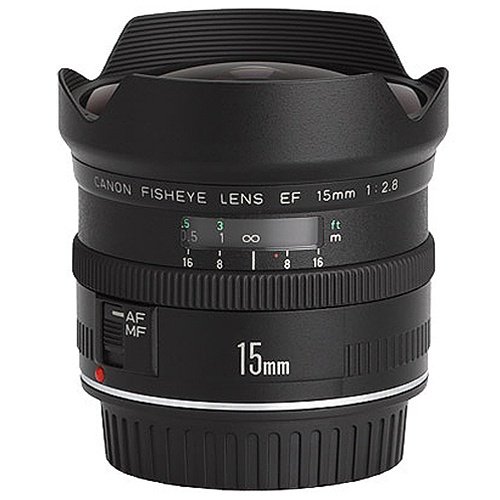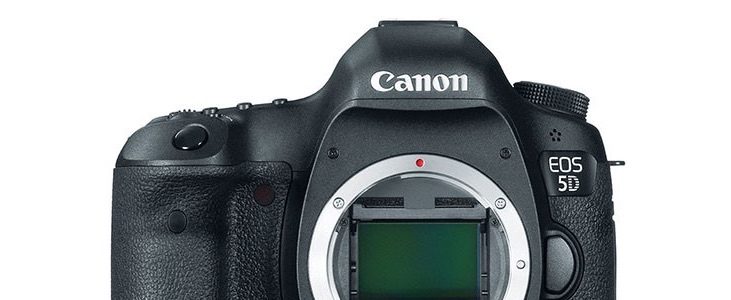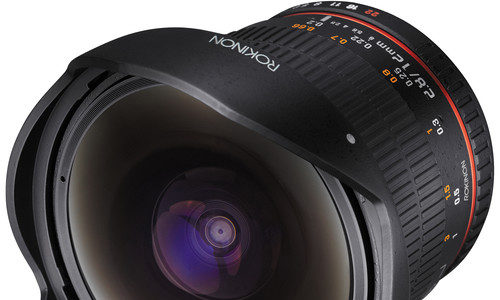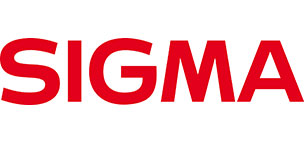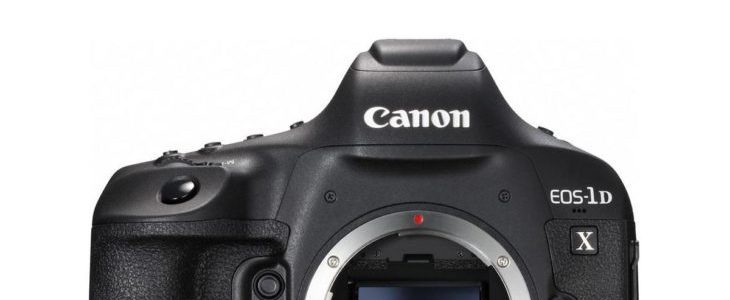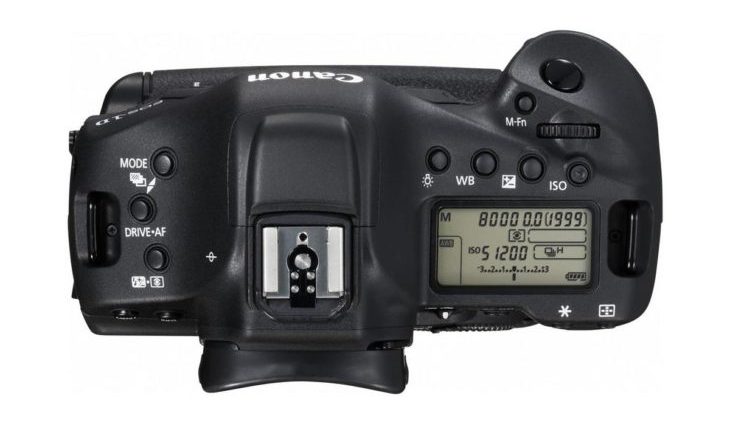A Canon EOS C300 Mark II on the summit of Mount Everest

Thanks Daniel for the tip. All pictures © Furtenbach Adventures, and used with permission.
A Canon EOS C300 Mark II made it to the summit of the Everest. It happened on May 19, 2016, when an Austrian expedition reached the summit of the highest mountain on earth. The EOS C300 Mark II was used for what is going to be the first 4K production of Mt. Everest. The expedition was organised by Furtenbach Adventures.
There is a long interview with the guys who did it, mainly about the mountaineering-challenges, and it is in German. However, you can get a pretty decent machine translation here (at least you’ll grasp what is said). An excerpt:
Using the latest camera technology, the team led by Tyrolean expedition organiser Lukas Furtenbach, filmed all the way to the summit. It’s the first full 4K production from Mount Everest. Overall, they spent more than 1.5 hours at the top to create footage with various camera systems (including 360 ° VR cameras) for two projects of a German private television station and a cinema project.

The Canon EOS C300 Mark II was sponsored by Canon Germany as part of a case study for the company. As Lukas Furtenbach told me via email, they were very happy with the EOS C300 Mark II and its performance, which all along the way to the summit never missed a hit. The EOS C300 Mark II was operated by German cameraman Philip Flaming. The two projects mentioned above are TV-documentaries. Hope there will soon be a “making of” of these productions.

Furtenbach Adventures, the company that organised the ascension to Mt. Everest send me a brief press statement that I translated for you.
After no one was on the summit of Mount Everest for almost two years, we were one of the first expeditions reaching the summit of Mount Everest from Nepal. On 19/05/2016 at 6:15am there were 5 of 6 participants and a camera crew at the top. And they wrote film history.
After decades there was again an expedition of a Tyrolean [Austria, editors note] organizer with special features:
We were the first commercial expedition ever which has acclimatised at home as cohesive team high in the mountains, six weeks before the start of the expedition. This gave us an almost twice as long acclimatization time compared to other teams and we were better prepared to do the summit, could climb faster, and head right back to the secure Camp 2 (usually after having done the summit, people descends only into the more exposed Camp 4). As successive events on Mt. Everest have shown in the following days, this was the key to a safe ascent and descent. There were six deaths and more than eighty people with severe frostbite. The time our expedition had to spent on spot was far below that of most other teams, thanks to our acclimatization efforts at home. For us this is the future of commercial high altitude mountaineering, as it increases security and chances of success.
We had connected two film projects. Using the latest camera technology we shot all the way to the top. It is the first full 4K production from Mount Everest. Overall, we spent more than 1.5 hours at the top, to use the various camera systems (including 360 ° VR cameras) for two projects of a German private TV station. Our expedition also hosted the mammoth 360 Project.
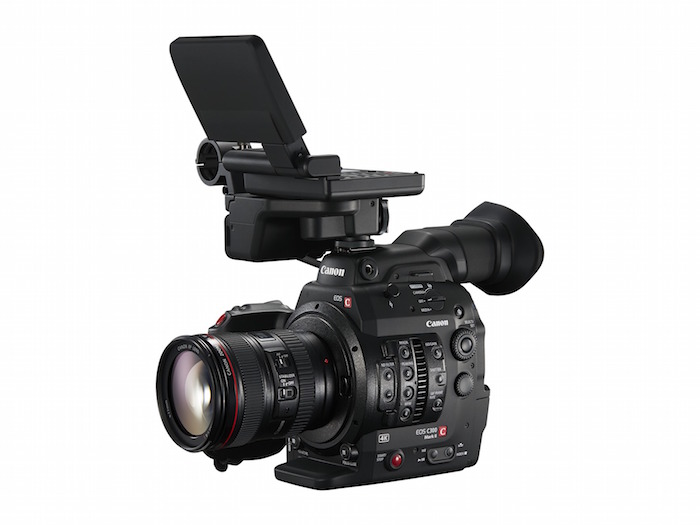
Canon C300 Mark II (B&H Photo | Adorama) at a glance:
- New Canon 8.85 Megapixel CMOS Sensor
- Dual Canon DIGIC DV5 Image Processors
- Canon XF-AVC H.264 Codec
- Internal 4K/2K/Full HD Recording
- Twin 3G-SDI Outputs for up to 30p 4K
- Full Manual Control
- 1.77 Megapixel Color OLED EVF With Adjustable 60o Tilt Angle
- Uses All Canon CN-E Cinema Prime and Zoom Lenses
- Uses All Canon EF and EF-S Photo Lenses (Including Specialty Tilt-Shift and Other Models)
- Built-In Mono Microphone
- Removable LCD Monitor and Control Panel with XLR Inputs
- Removable Hand Grip
- Improved Low-Angle Camera Handle Extension
- Built-in Dual-Band Wi-Fi for Remote LiveView Display and Camera Control

